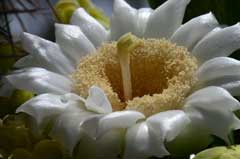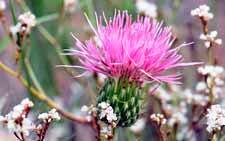Achyronychia cooperi, Onyxflower
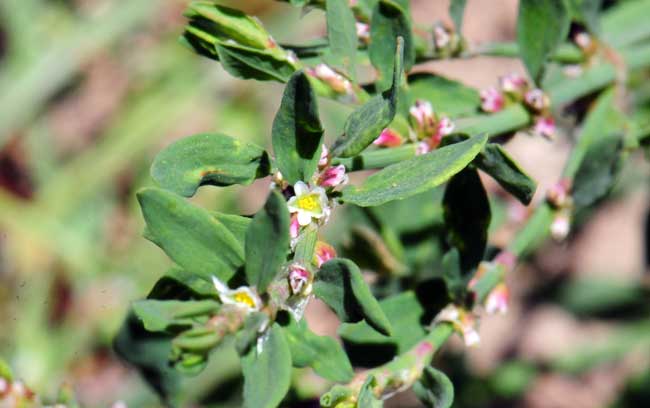
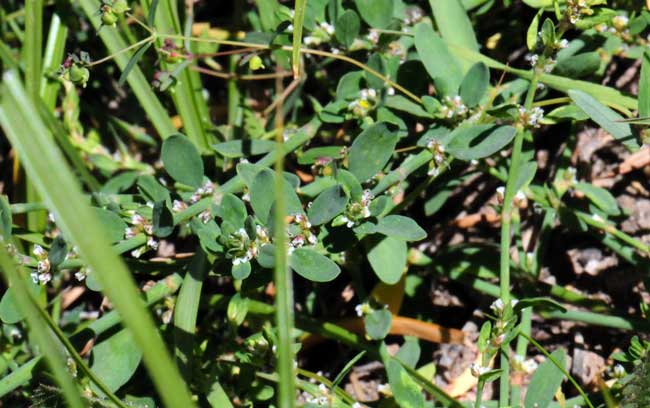
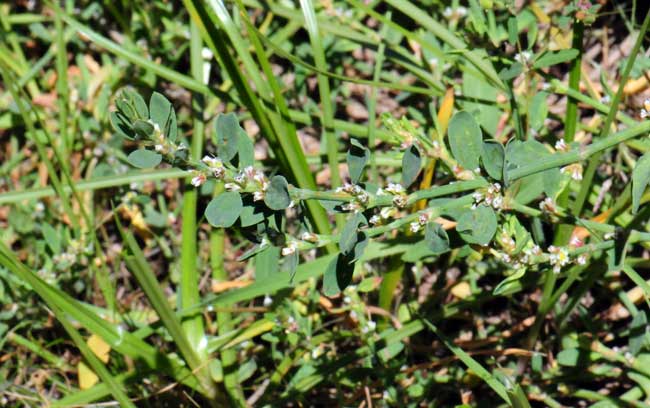
Scientific Name: Achyronychia cooperi
Common Name: Onyxflower
Also Called: Cooper Frostmat, Onyx Flower
Family: Caryophyllaceae, Pink Family or Carnation Family
Synonyms: ()
Status: Native.
Duration: Annual
Size: 1 or more inches high.
Growth Form: Forb/herb; glabrous or hairy, prostrate or ascending, stems branched, forms mats.
Leaves: Greenish, yellowish or brownish; leaf surfaces stiff or scaly (scarious).
Flower Color: White; flowers in axillary clusters fruit is 1-seeded indehiscent bladder (utricle).
Flowering Season: February to April, earlier in California; January to May.
Elevation: Below 2,000 feet.
Habitat Preferences: Sandy soils, desert washes and sand dunes.
Recorded Range: Onyxflower is found in the southwestern United States; AZ, CA, NV and UT. Also native to Baja California and northern Mexico. In Arizona it is found in central, southern and northwestern parts of the state.
North America & US County Distribution Map for Achyronychia cooperi.
U.S. Weed Information: No data available
Invasive/Noxious Weed Information: No data available
Wetland Indicator: No data available
Threatened/Endangered Information: No data available.
Comments: Onyxflower is a diminutive plant found in lower deserts.
